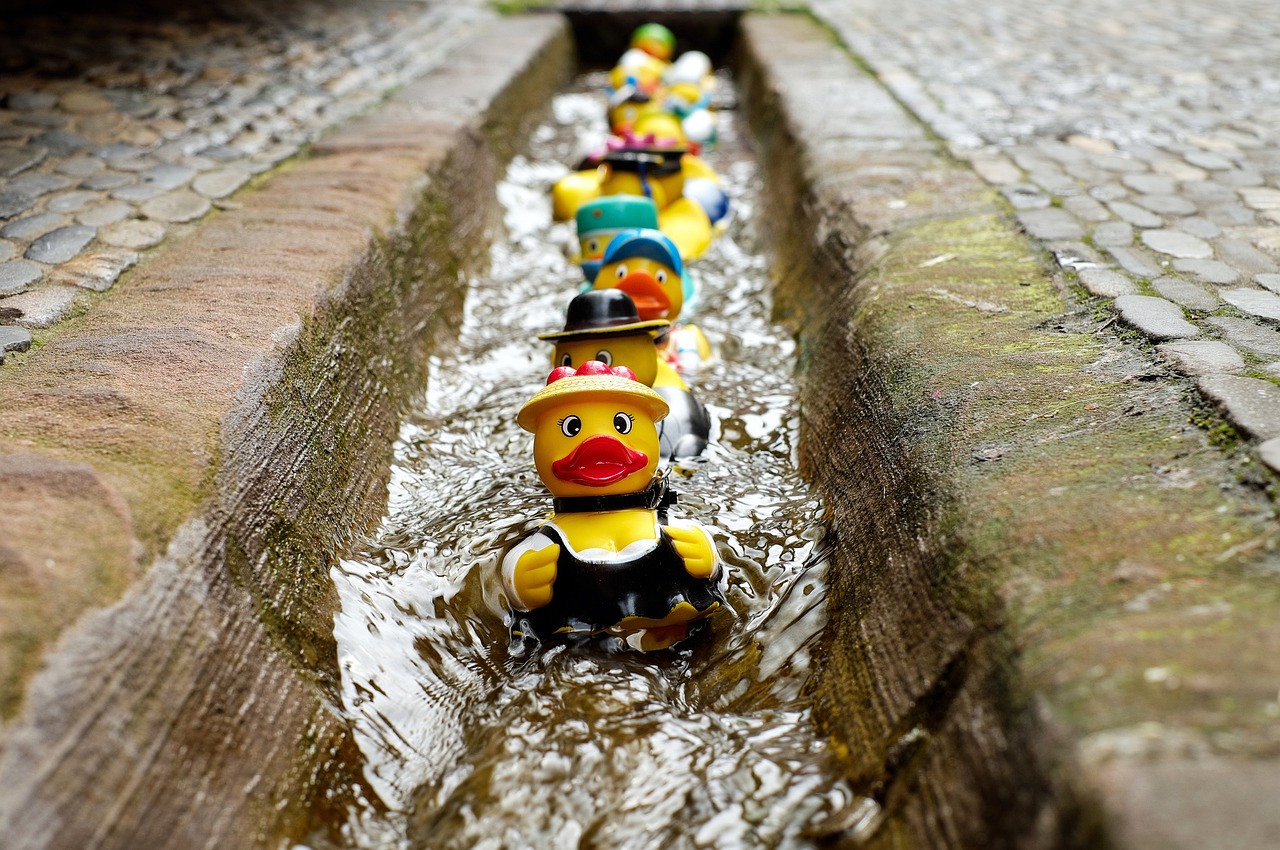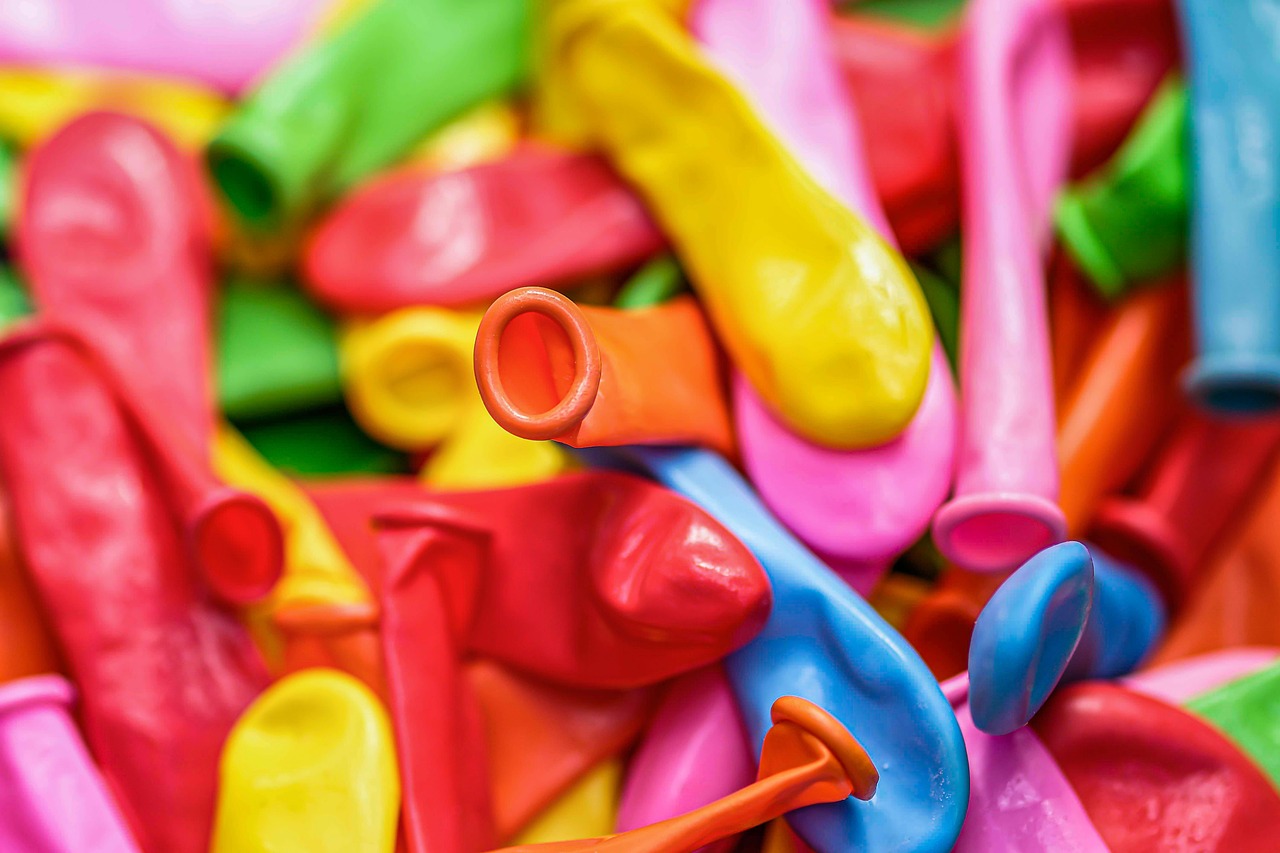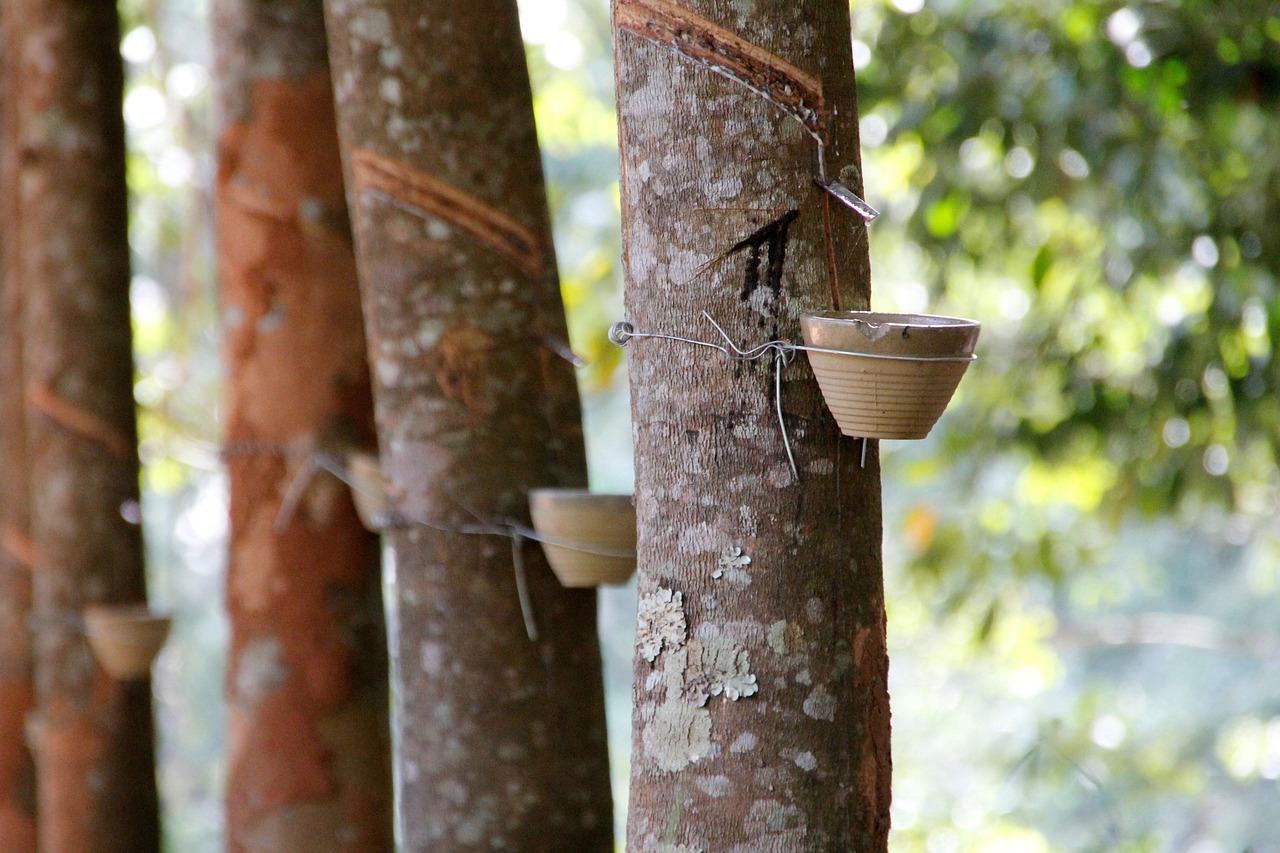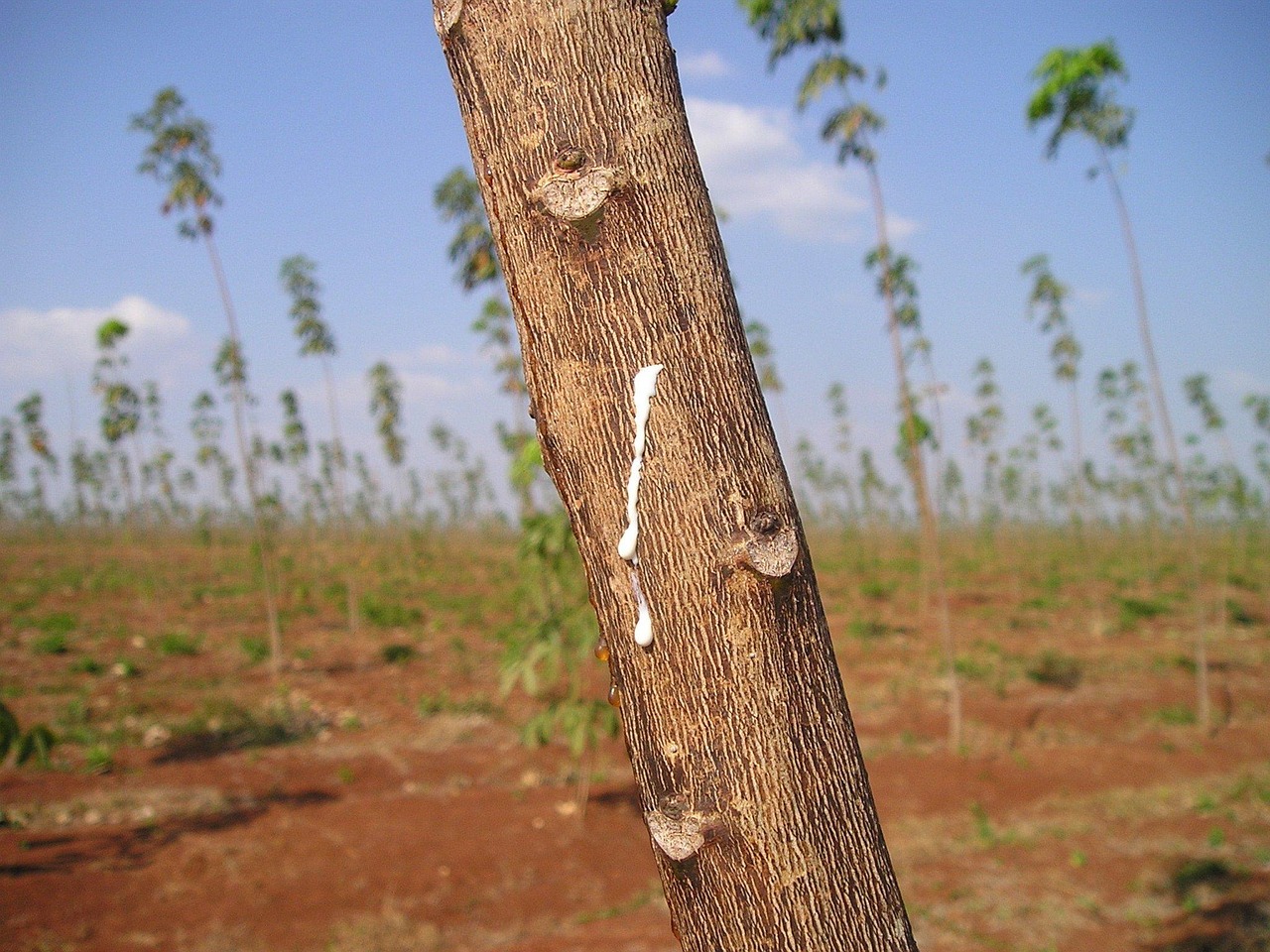Rubber trees (Ficus elastica) can grow rapidly indoors, typically reaching 1 to 2 feet in height per year under the right conditions. With proper care, they can thrive and become significant houseplants over time.
Rubber trees are increasingly popular among houseplant collectors. Their glossy leaves and ability to adapt to indoor environments make them a favorite choice. Native to Southeast Asia, these plants are not only visually appealing but also provide air-purifying benefits. Understanding their growth rate indoors is essential for collectors who wish to cultivate healthy specimens. This knowledge helps in planning for adequate space, light, and care.

The growth rate of rubber trees can vary based on several factors including light, temperature, humidity, and watering practices. With optimal conditions, a rubber tree can achieve impressive growth, while neglecting any of these factors can hinder its development. Below is a table highlighting the key factors that influence the growth rate of rubber trees indoors.
| Factor | Optimal Condition | Impact on Growth Rate |
|---|---|---|
| Light | Bright, indirect sunlight | Promotes healthy leaf growth |
| Temperature | 65°F to 85°F (18°C to 29°C) | Stimulates active growth |
| Humidity | 40% to 60% | Enhances leaf vitality |
| Watering | Allow soil to dry out between waterings | Prevents root rot and promotes healthy growth |
Understanding Rubber Tree Growth Rate
The growth rate of rubber trees indoors can be influenced by their environment. When grown in containers, these plants can adapt to limited space but may require repotting every couple of years to continue thriving. The following aspects are crucial to understand their growth patterns.
Light Requirements
Rubber trees thrive in bright, indirect light. Insufficient light can lead to slow growth and leggy plants. Collectors should consider placing them near east or west-facing windows. If natural light is limited, using grow lights can help maintain an adequate light level.

Watering Practices
Watering is another critical factor. Rubber trees prefer their soil to dry out slightly between waterings. Overwatering can cause root rot, while underwatering can lead to leaf drop. It is essential for collectors to check the moisture level of the soil regularly.
Temperature and Humidity
These plants enjoy warm temperatures and moderate humidity levels. Sudden changes in temperature or drafts can stress the plant, affecting its growth rate. Collectors should aim for a stable environment, ideally between 65°F and 85°F. Increasing humidity through misting or using a humidifier can also benefit rubber trees, particularly in dry indoor climates.
Fertilization Needs
Fertilizing rubber trees during the growing season can enhance their growth rate. Using a balanced liquid fertilizer every four to six weeks from spring through early fall provides essential nutrients. However, it is important not to over-fertilize as this can harm the plant.

Monitoring these factors allows houseplant collectors to create an ideal environment for their rubber trees. With proper attention, these plants can flourish indoors, making them a delightful addition to any collection.
Common Issues Affecting Rubber Tree Growth
While rubber trees can thrive indoors, they are not immune to common issues that may hinder their growth. Understanding these potential problems can help collectors take proactive measures to ensure healthy development. Below are some of the most frequently encountered issues.
Pests and Diseases
Pests can be a significant threat to rubber trees. Common pests include spider mites, mealybugs, and scale insects. These pests can cause damage by sucking the sap from the leaves, leading to discoloration and leaf drop. Regular inspection of the plant is crucial. Here are some tips for managing pests:

- Inspect Regularly: Check the undersides of leaves and stems for any signs of infestation.
- Use Insecticidal Soap: Applying insecticidal soap or neem oil can effectively eliminate pests without harming the plant.
- Maintain Cleanliness: Keeping the plant and its surroundings clean can help prevent infestations.
Leaf Drop
Leaf drop is a common concern for rubber tree owners. This can occur due to several reasons, including:
- Overwatering: Excess moisture can lead to root rot, causing leaves to fall off.
- Underwatering: Lack of water can stress the plant, resulting in leaf drop.
- Sudden Temperature Changes: Moving the plant from one location to another with drastic temperature differences can shock the plant.
Identifying the cause of leaf drop is essential for remedying the situation and restoring plant health.
Yellowing Leaves
Yellowing leaves are another issue that rubber tree collectors may encounter. This condition can indicate various problems, such as:
- Nutrient Deficiency: A lack of essential nutrients, particularly nitrogen, can lead to yellowing leaves.
- Pest Infestation: As mentioned earlier, pests can sap nutrients from the plant, resulting in yellow leaves.
- Improper Watering: Both overwatering and underwatering can contribute to this issue.
To address yellowing leaves, it’s important to assess the care routine and make any necessary adjustments.
Repotting Rubber Trees
Repotting is an essential process that helps rubber trees continue to grow healthily. As these plants mature, they may outgrow their containers, leading to root congestion. Repotting allows for fresh soil and more space for root expansion. Here are the steps to successfully repot a rubber tree:
When to Repot
The best time to repot rubber trees is during the spring or early summer when they are actively growing. Signs that indicate it’s time to repot include:
- The roots are growing out of the bottom of the pot.
- The plant has become top-heavy and unstable.
- The growth has slowed significantly.
Repotting Steps
- Select a New Pot: Choose a pot that is 1-2 inches larger in diameter than the current one. Ensure it has drainage holes.
- Prepare Fresh Soil: Use a well-draining potting mix designed for houseplants.
- Remove the Plant: Gently take the rubber tree out of its current pot, loosening any compacted roots.
- Place in New Pot: Position the plant in the center of the new pot and fill with fresh soil, ensuring no air pockets remain.
- Water Thoroughly: After repotting, water the plant well to help settle the soil around the roots.
Propagation Methods
For collectors interested in expanding their rubber tree collection, propagation is an exciting option. There are two primary methods for propagating rubber trees: stem cuttings and air layering.
Stem Cuttings
This is a straightforward method that involves taking a cut from a healthy rubber tree. Here’s how to do it:
- Select a Healthy Stem: Choose a stem that is at least 6 inches long and has several leaves.
- Make the Cut: Use clean, sharp scissors to make a clean cut just below a leaf node.
- Prepare for Rooting: Dip the cut end in rooting hormone (optional) and place it in a glass of water or moist potting mix.
- Provide Care: Keep the cutting in a warm, humid environment until roots develop.
Air Layering
This method allows you to propagate while still attached to the parent plant. Follow these steps:
- Select a Branch: Choose a healthy branch that is at least one year old.
- Create a Wound: Make a small cut on a section of the branch and apply rooting hormone.
- Wrap with Moist Medium: Surround the wound with moist sphagnum moss and wrap it in plastic to retain moisture.
- Cut Once Roots Form: After several weeks, once roots have developed, cut below the new roots and pot it up.
Both methods provide an excellent opportunity for collectors to diversify their rubber tree collection while enjoying the propagation process.
Seasonal Care for Rubber Trees
Understanding how to care for rubber trees throughout the seasons is crucial for maintaining their health and promoting optimal growth. Each season presents unique challenges and opportunities that can affect the plant’s growth rate and overall well-being.
Spring Care
Spring is typically the most active growth period for rubber trees. As the days lengthen and temperatures rise, the plant will thrive with increased light and humidity. Here are some important care tips for spring:
- Increase Watering: As the plant begins to grow, it will require more water. Ensure the soil remains moist but not soggy.
- Fertilize: Apply a balanced fertilizer every four to six weeks to provide essential nutrients during the growing season.
- Check for Pests: Inspect for any signs of pests as warmer temperatures can lead to infestations.
Summer Care
Summer brings heat and longer days, creating ideal conditions for rubber tree growth. However, it can also lead to potential stress if not properly managed. Consider the following care practices:
- Monitor Water Needs: The hotter weather may increase the plant’s water needs. Check the soil regularly to maintain adequate moisture.
- Provide Humidity: If indoor air becomes dry, consider misting the leaves or using a humidifier to maintain humidity levels.
- Avoid Direct Sunlight: While rubber trees enjoy bright light, direct sunlight can scorch leaves. Move them away from harsh sunlight if necessary.
Fall Care
As temperatures begin to cool in the fall, rubber trees will start to slow their growth. Adjusting care routines is essential during this transition:
- Reduce Fertilization: As the growth rate decreases, cut back on fertilizing. Fertilizing once a month is sufficient during this time.
- Water Less Frequently: Allow the soil to dry out more between waterings as the plant enters dormancy.
- Prepare for Indoor Conditions: If the plant has been outdoors, gradually acclimate it to indoor conditions to avoid shock.
Winter Care
Winter can be a challenging time for rubber trees, especially in homes with low humidity and colder temperatures. To help your plant survive and thrive during winter:
- Maintain Temperature: Keep indoor temperatures consistent, ideally between 65°F and 75°F. Avoid placing the plant near drafts or heat sources.
- Water Sparingly: Rubber trees generally require less water in winter. Water only when the top inch of soil feels dry.
- Increase Humidity: Using a humidifier or placing a tray of water near the plant can help maintain humidity levels during dry winter months.
Choosing the Right Potting Mix
The choice of potting mix can significantly impact the growth rate and health of rubber trees. A well-draining potting mix is essential to prevent root rot and promote healthy root development.
Ingredients for a Suitable Mix
A good potting mix for rubber trees should contain a blend of components that provide aeration, drainage, and nutrients. Consider using the following ingredients:
- Pine Bark: Improves drainage and aeration.
- Coconut Coir: Retains moisture while allowing air circulation.
- Pearlite or Vermiculite: Enhances drainage and keeps the soil light.
- Compost: Provides essential nutrients for healthy growth.
Recommended Potting Mix Recipe
A simple recipe for creating a well-draining potting mix suitable for rubber trees includes:
| Ingredient | Proportion |
|---|---|
| Pine Bark | 40% |
| Coconut Coir | 30% |
| Pearlite | 20% |
| Compost | 10% |
This mix provides a balanced environment for your rubber tree, ensuring it has access to moisture and nutrients while avoiding waterlogged conditions.
The Role of Light in Rubber Tree Growth
The amount and quality of light a rubber tree receives directly influence its growth rate and overall health. Understanding how light affects these plants is key for collectors aiming to create optimal growing conditions.
Types of Light for Rubber Trees
Rubber trees prefer bright, indirect sunlight but can tolerate lower light conditions to some extent. Here’s a breakdown of how different light types affect their growth:
- Bright Indirect Light: Ideal for vigorous growth and lush foliage. Place near east or west-facing windows.
- Filtered Light: Suitable for rubber trees; provides enough light without causing leaf scorch.
- Low Light: Growth may slow significantly; leaf drop can occur if prolonged exposure continues.
By understanding these light requirements and adjusting their placement accordingly, houseplant collectors can help their rubber trees thrive indoors.
Common Myths About Rubber Trees
As rubber trees gain popularity among houseplant collectors, several myths have emerged about their care and growth. Addressing these misconceptions is essential for ensuring that plants receive the proper attention they need. Here are some of the most prevalent myths:
Myth 1: Rubber Trees Are Toxic to Pets
Many people believe that rubber trees are toxic to pets. While the sap of the rubber tree can cause mild gastrointestinal upset in pets if ingested, it is not considered highly toxic. However, it is still wise to keep plants out of reach of curious pets to prevent any potential issues.
Myth 2: Rubber Trees Require Constant Direct Sunlight
Another common misconception is that rubber trees thrive best in direct sunlight. In reality, they prefer bright, indirect light. Prolonged exposure to direct sunlight can lead to leaf scorch and damage. Collectors should focus on providing bright, filtered light for optimal growth.
Myth 3: You Can’t Prune Rubber Trees
Some collectors think that rubber trees cannot be pruned. In truth, pruning is beneficial and can help maintain their shape and promote bushier growth. Regularly trimming back leggy growth encourages the plant to produce new branches and leaves.
Tips for Enhancing Growth Rate
For houseplant collectors looking to maximize the growth rate of their rubber trees, implementing specific strategies can make a significant difference. Here are some practical tips:
- Rotate Regularly: Rotating your rubber tree every few weeks ensures even growth by allowing all sides to receive adequate light exposure.
- Clean Leaves: Dust can accumulate on leaves, hindering their ability to photosynthesize. Wipe leaves with a damp cloth periodically to keep them clean and healthy.
- Use Proper Pot Size: Ensure that the pot size is appropriate for the plant’s growth stage. A pot that is too small can restrict root growth, while one that is too large may lead to overwatering issues.
- Maintain a Consistent Watering Schedule: Establishing a regular watering routine helps prevent stress on the plant. Monitor moisture levels and adjust as needed based on seasonal changes.
Final Thoughts
Caring for rubber trees indoors can be a rewarding experience for houseplant collectors. Understanding their growth rate and the factors that influence it allows collectors to create an optimal environment for these beautiful plants. With proper light, water, humidity, and care practices, rubber trees can flourish, providing both aesthetic appeal and air-purifying benefits.
By addressing common myths, understanding seasonal care needs, and employing effective propagation methods, collectors can enjoy healthy rubber trees that enhance their indoor spaces. Whether you are a seasoned collector or new to houseplants, these insights will help ensure your rubber tree thrives for years to come.
Ultimately, nurturing a rubber tree is not just about meeting its basic needs; it is about fostering a connection with a living organism that brings life into your home. Embrace the journey of growing your rubber tree and watch as it transforms into a stunning centerpiece in your collection.
